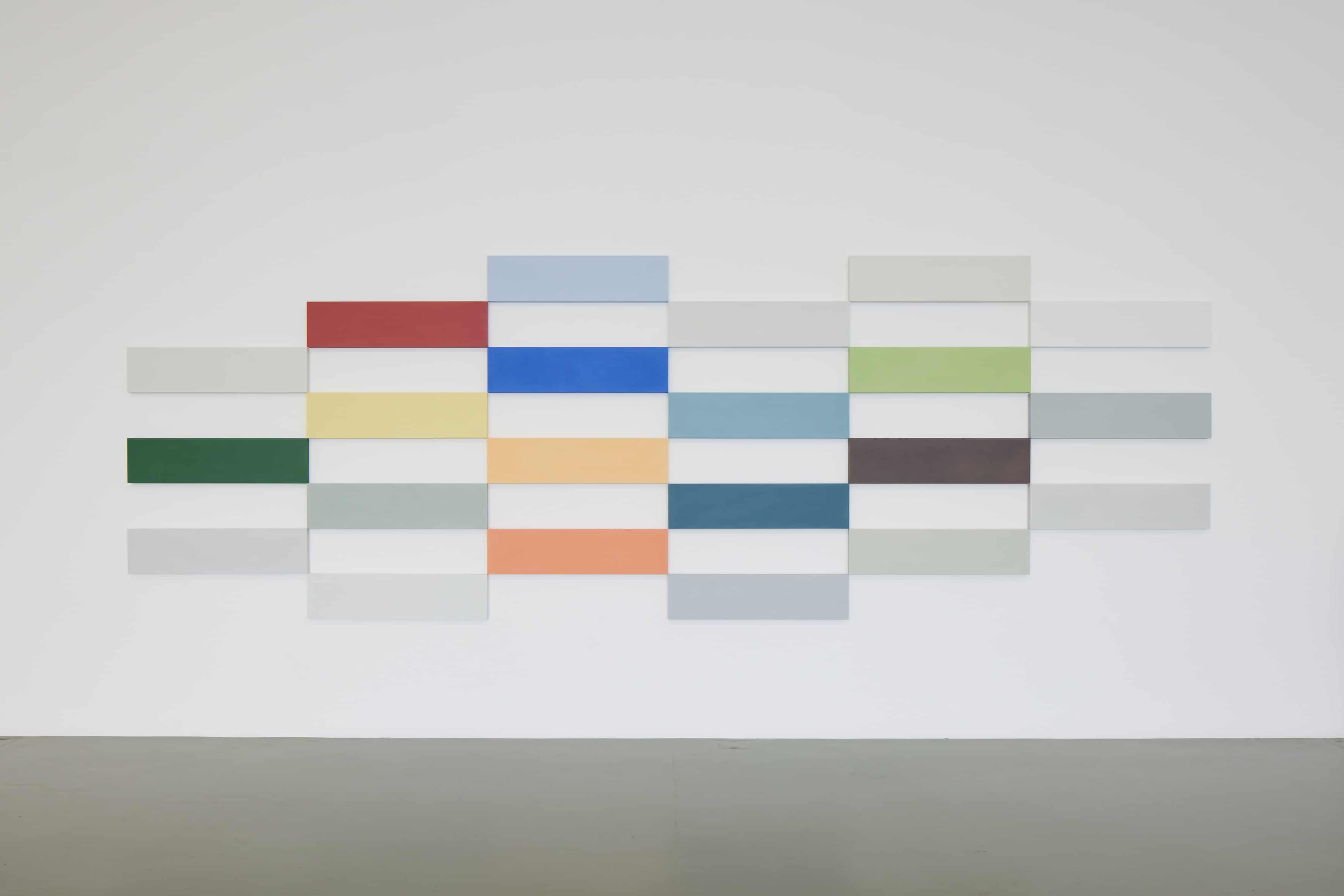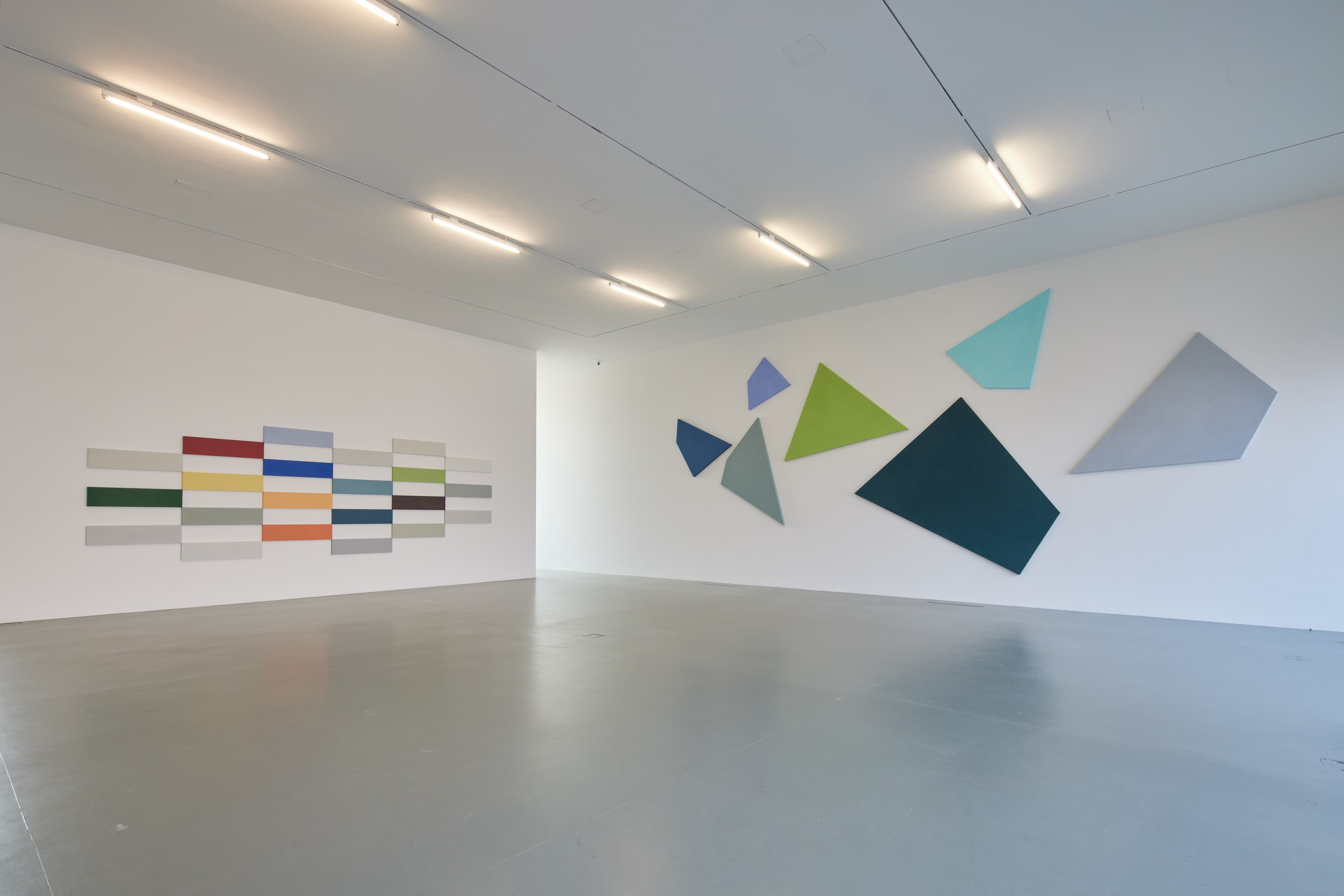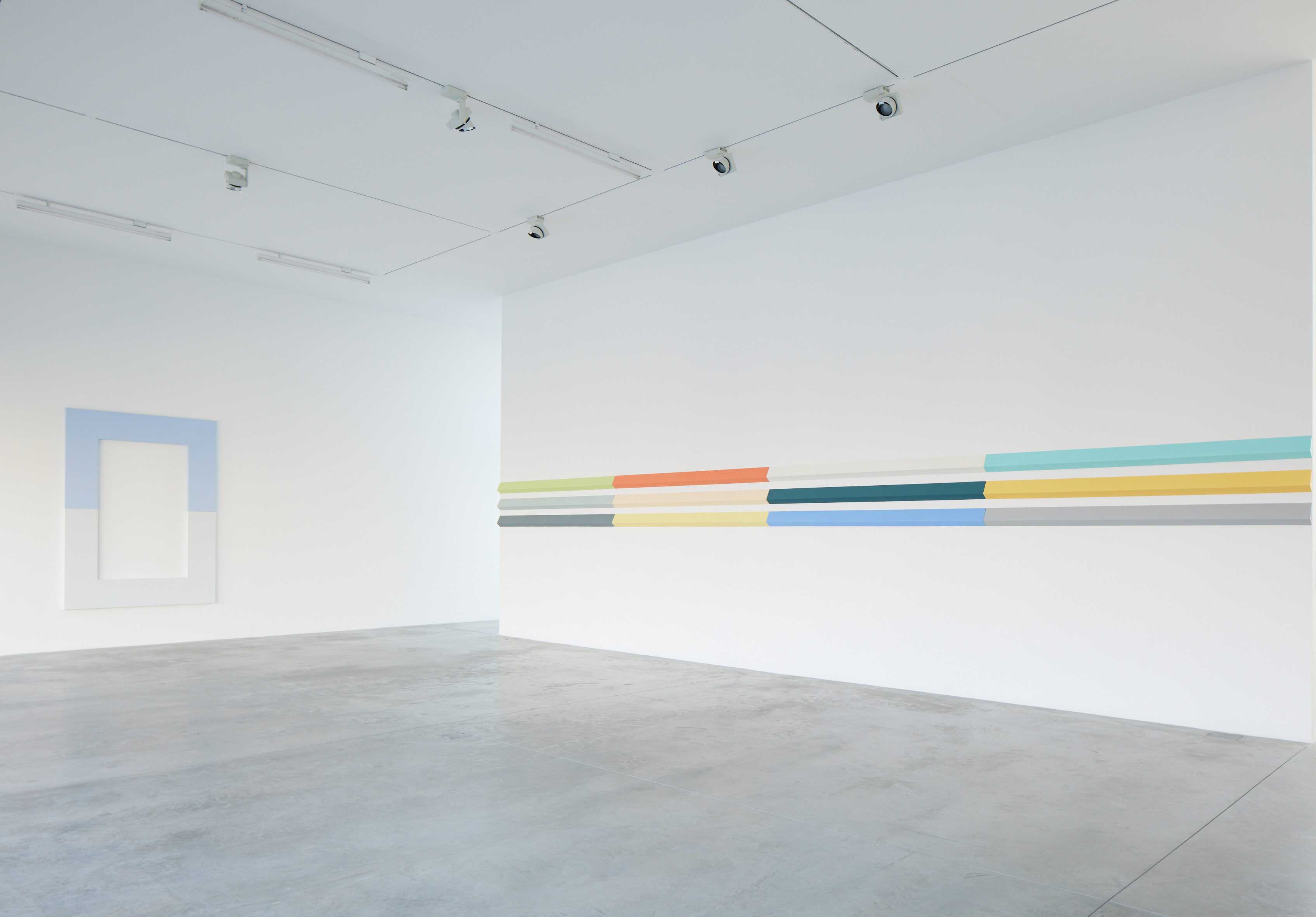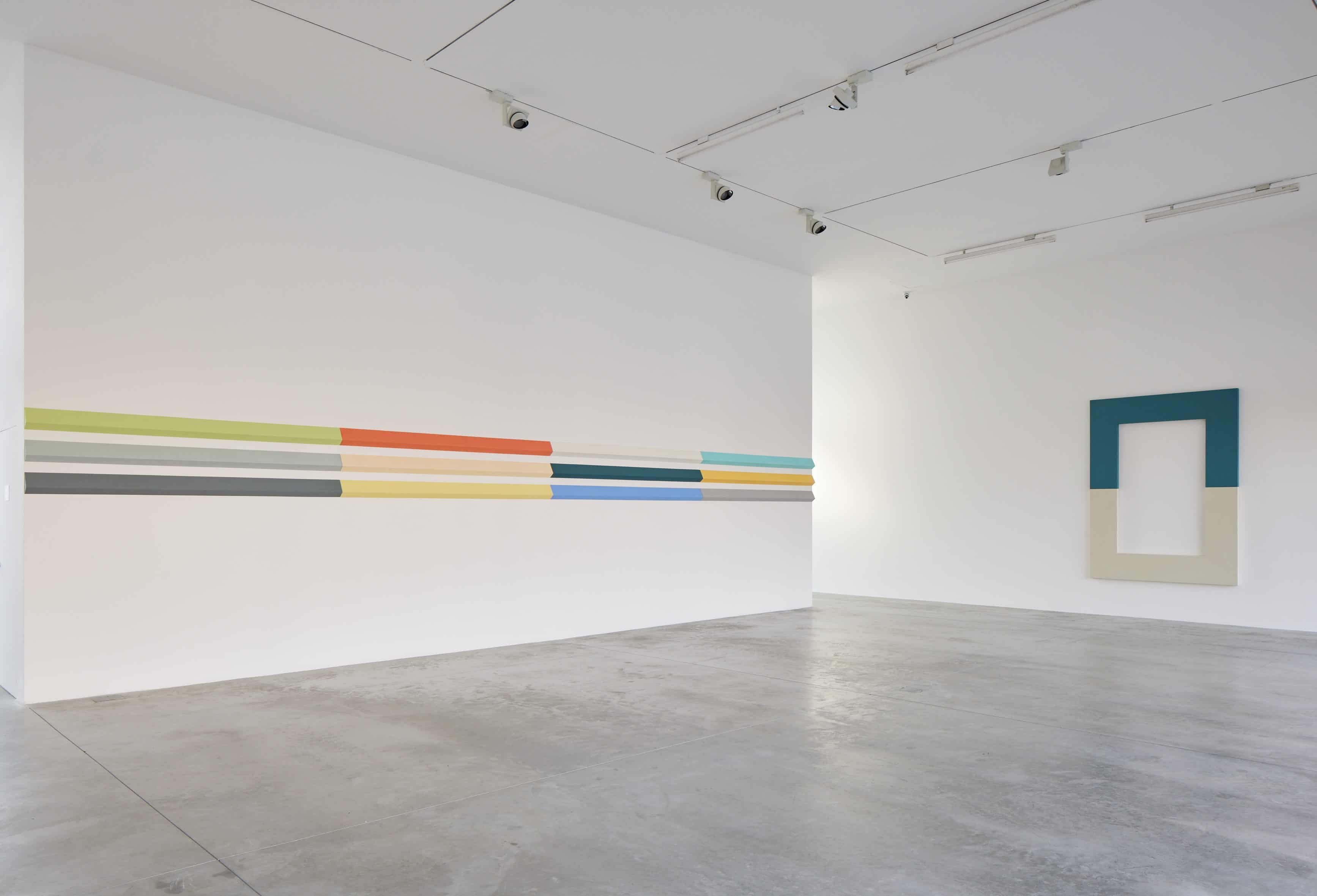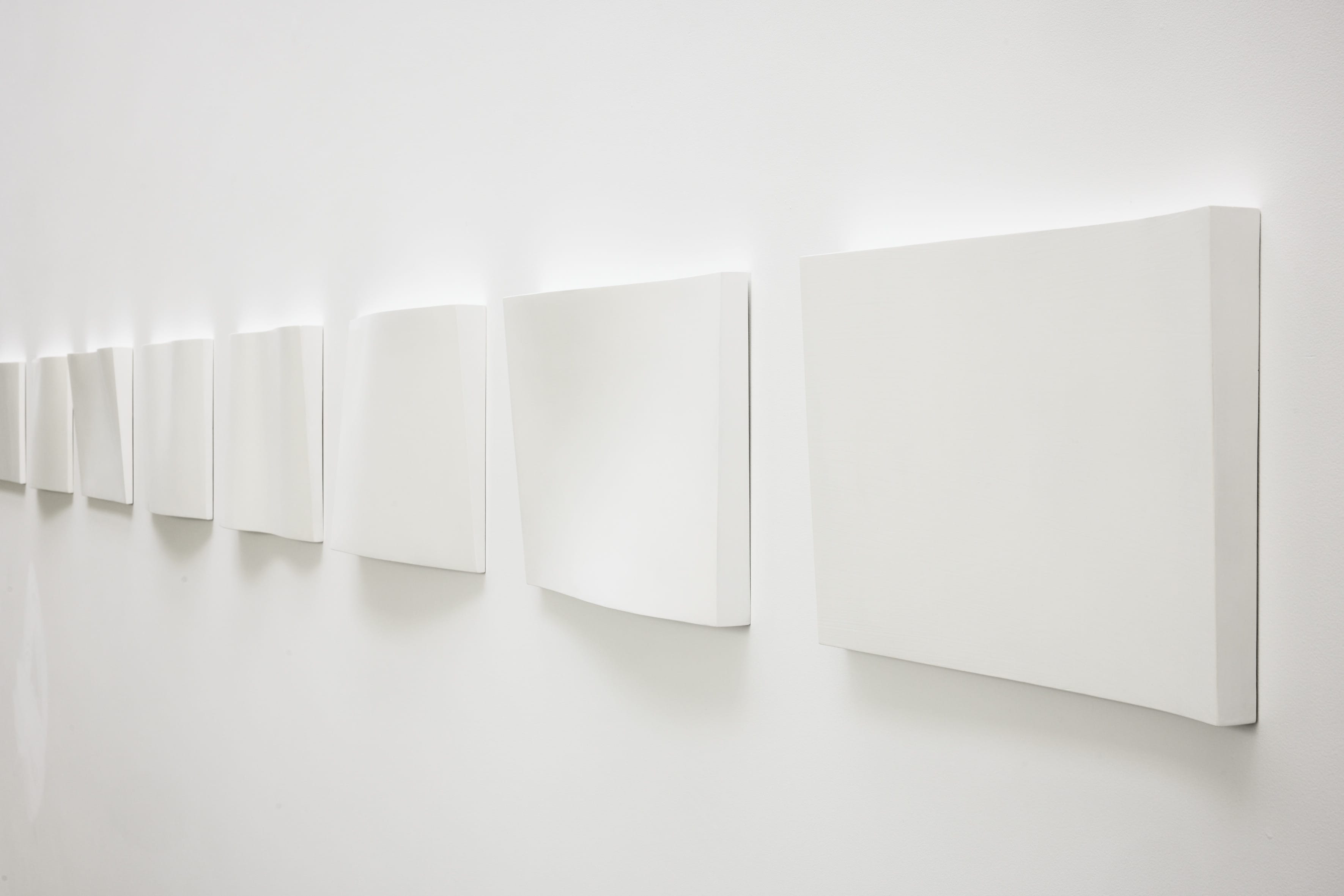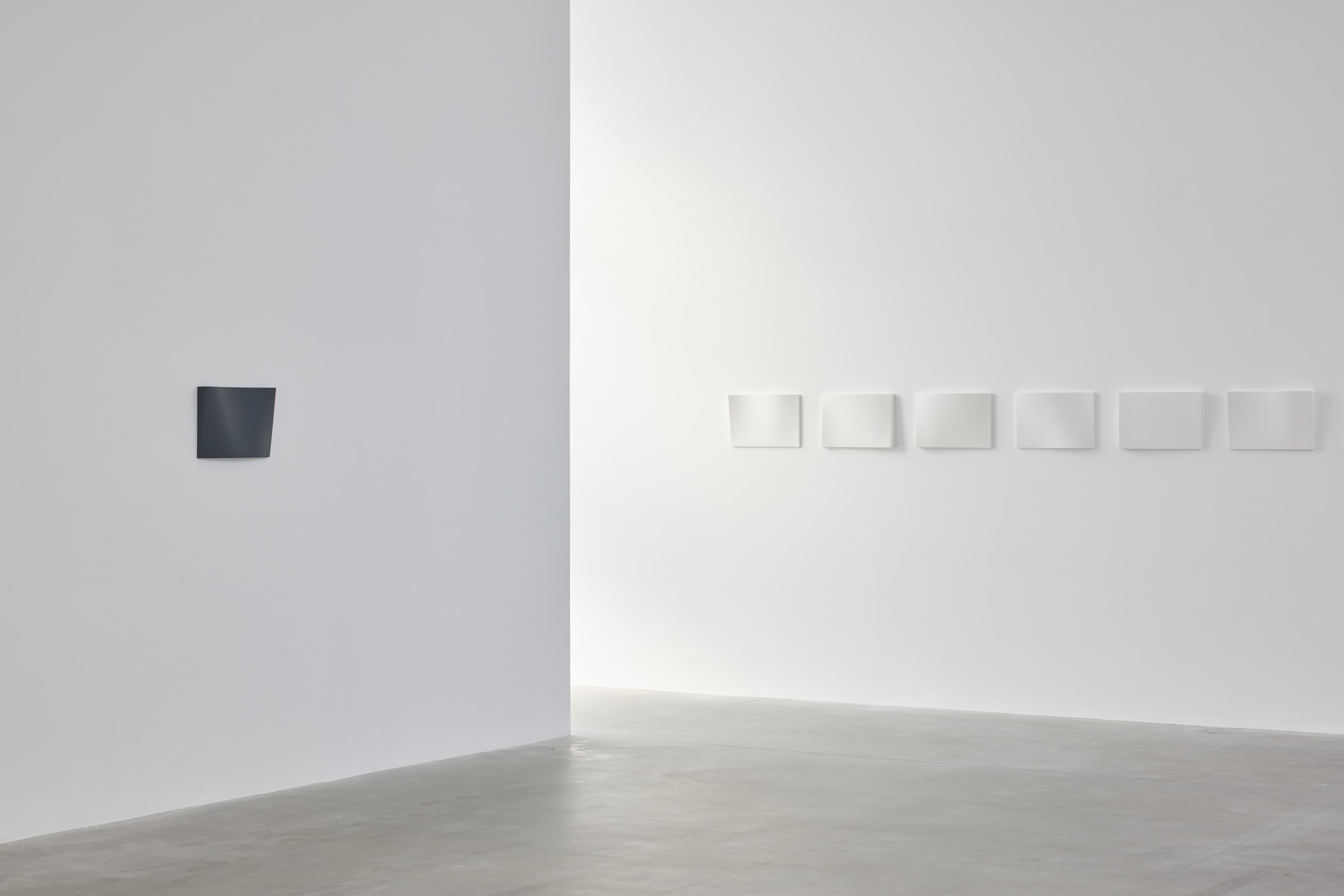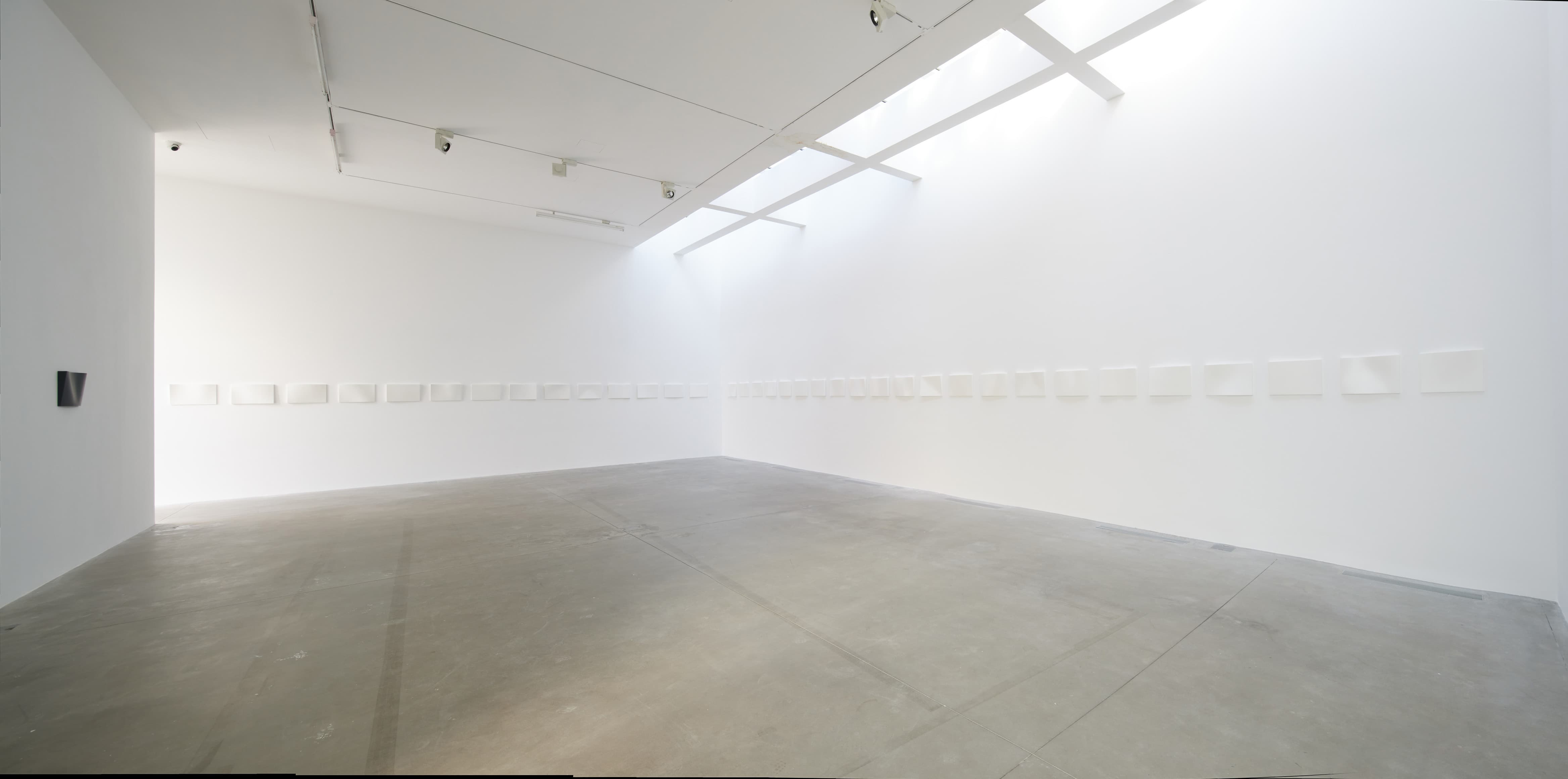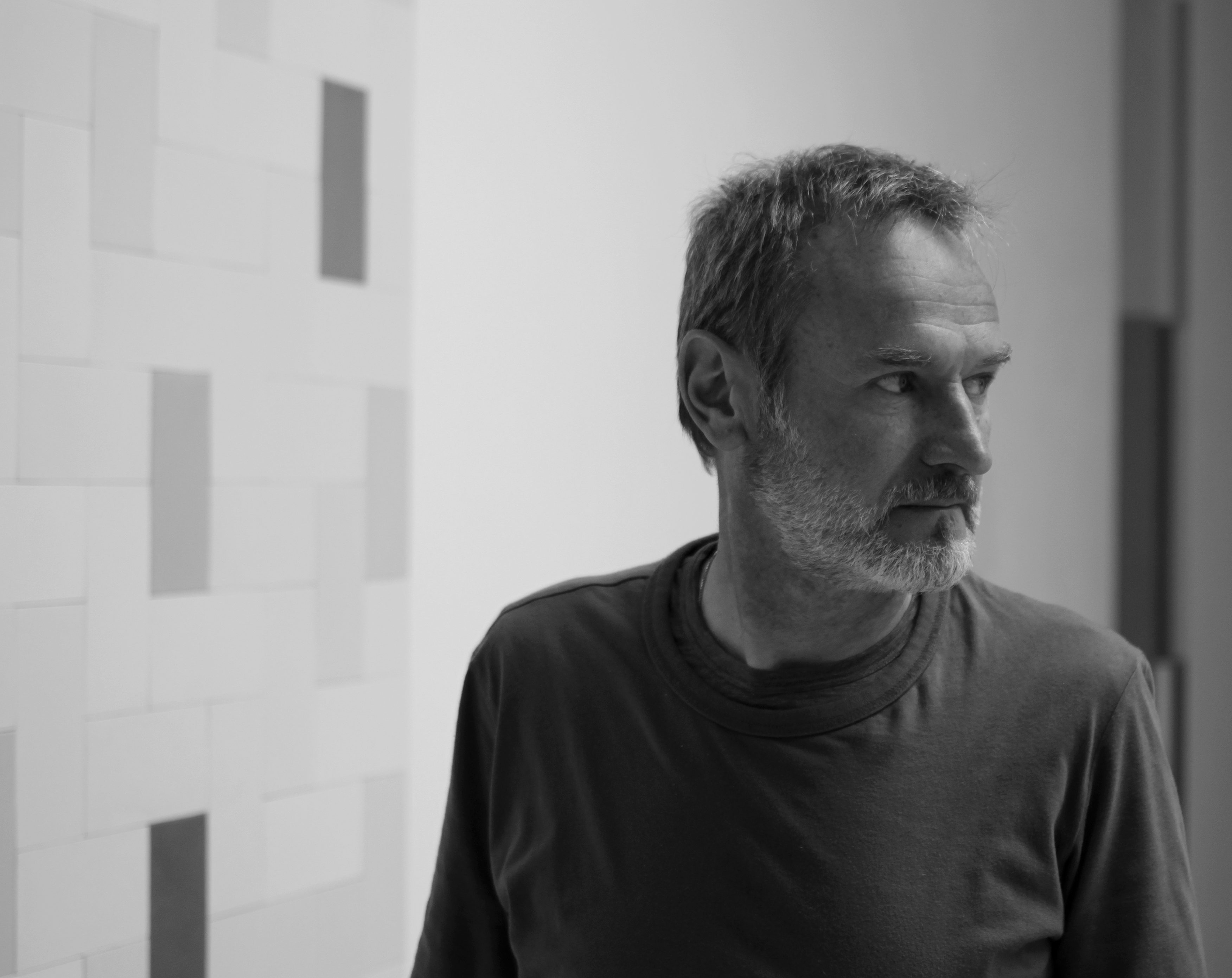The Lia Rumma Gallery in Milan is pleased to announce the opening, on Thursday 25 January 2024, of the second solo exhibition of the artist Giuliano Dal Molin (his first solo show was held in the Naples gallery in 2016).
Form and colour are the common thread running through the work of Giuliano Dal Molin (Schio, 1960) which has been characterised since the mid-eighties by the constant quest to move beyond sculpture and painting. “There is a desire to break the mould, to go beyond the boundary marked by the painting/window that contains the story in order to free the form/colour in space” states Dal Molin.
For the solo exhibition in the Lia Rumma Gallery, the artist, as if embarking on an upward poetic journey (from the bottom-up), has completely redesigned the three floors of the gallery, combining forms and colours with an extraordinary degree of lightness, according to a tonalism of the spirit that modifies the visual perception of the architectural space which thus opens up to multiple, kaleidoscopic optical and emotional effects. “The design idea – explains Dal Molin – revolves around several recurring concepts which have always been a central feature of my artistic inquiry and work: form, colour, light, space, essentiality and rigour. The works are all specifically devised for the rooms of the gallery and are influenced by the light that naturally enters the spaces, modifying them throughout the day and enabling a story about them to be created”.
Beginning from the ground floor of the gallery, the visitor encounters a series of large modular forms strewn across the wall which move like dance steps along an ideal line. The rhythmical quality is determined both by the structure and the chromatic matches. “Their spatial distribution,” says Dal Molin, “takes as a reference point the arrangement of the figures in medieval frescoes and paintings. In this case, the works seek to express the very essence of painting”. Moving up to the first floor, twelve three-dimensional elements have been installed, painted with primary and secondary colours, half-tones and greys, which draw on the concept of the classical frieze, reimagined with a contemporary twist. “While the first two floors involve a fast-paced visual journey and extremely strong visual stimuli, a very different time-frame and attentiveness are required on the top floor in order to perceive the minute variations in the surfaces” continues Dal Molin. Indeed, the room on the second floor is entirely devoted to white and light with a sequence of small rectangular white works of the same size, interrupted by one single work in slate grey.
